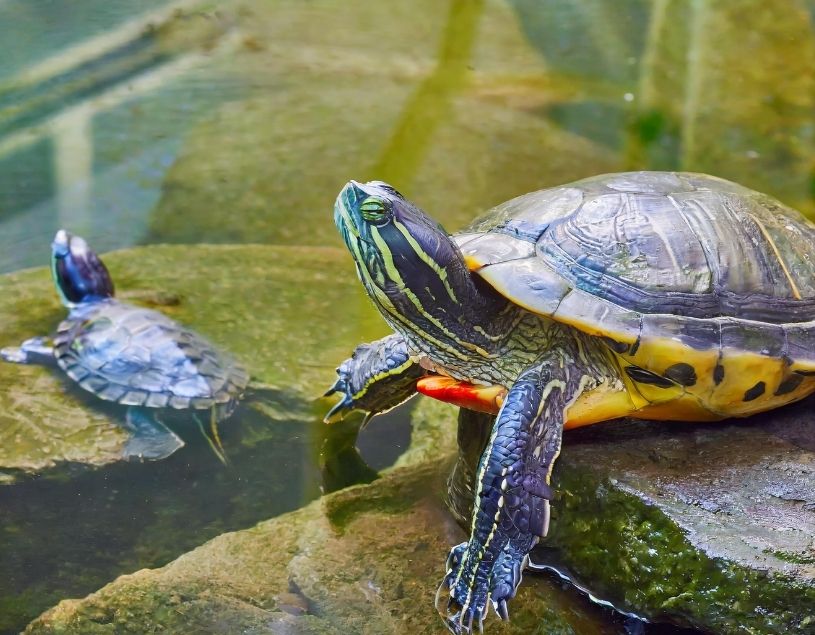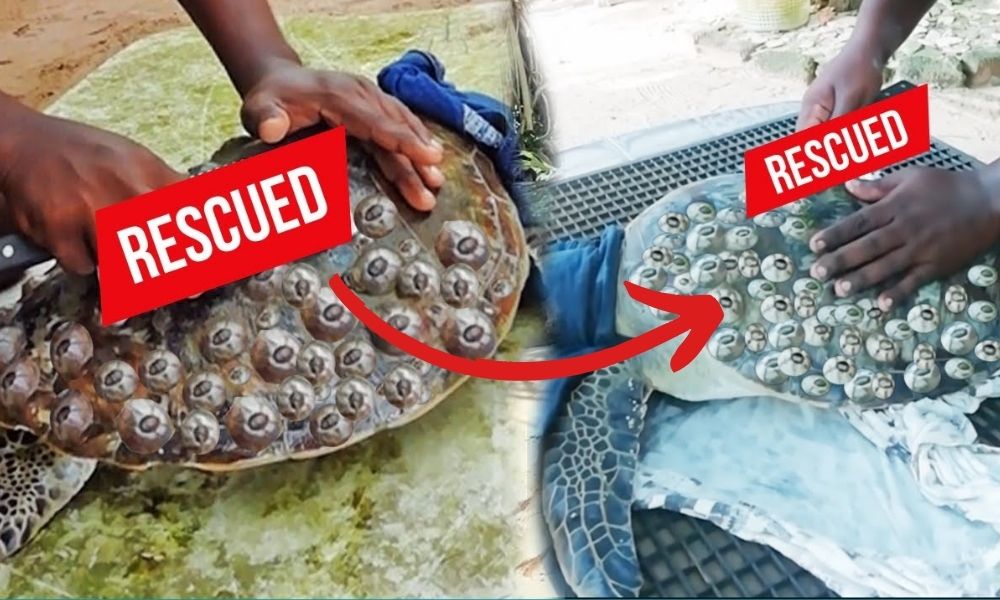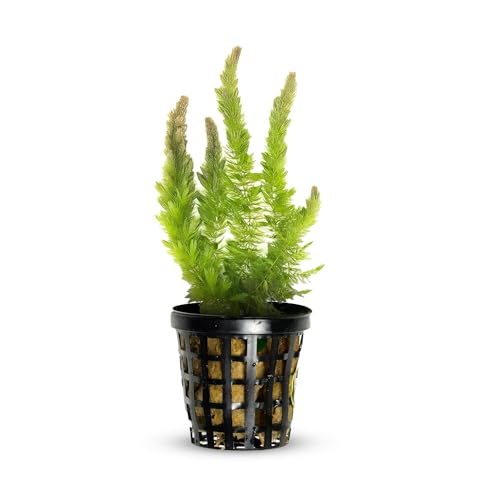A painted turtle cannot live with a red-eared slider. When it comes to housing pet turtles, it is important to consider their compatibility and specific needs.
One common question that arises is whether a painted turtle can live with a red-eared slider. Unfortunately, these two species should not be housed together. Painted turtles and red-eared sliders have different habitats, dietary requirements, and behaviors, which can cause issues when kept in the same enclosure.
Painted turtles prefer a cooler water temperature and a more terrestrial environment, while red-eared sliders thrive in warmer water and have a stronger aquatic preference. It is vital to provide each species with their own suitable habitat to ensure their well-being and prevent any potential conflicts or stress-related problems that can arise from keeping them together.

Differences Between Painted Turtles And Red-eared Sliders
Painted turtles and red-eared sliders are two distinct species with different habitat and dietary requirements. While it is possible for them to coexist, it is not recommended to keep them together due to potential health issues and territorial conflicts.
Physical Characteristics
Painted turtles and red-eared sliders have distinct physical characteristics that set them apart. Painted turtles have a smooth, oval-shaped shell with colorful patterns ranging from reds and oranges to yellows and greens. On the other hand, red-eared sliders have a more rounded shell with a dark green color and distinct red or orange markings around their ears. Additionally, painted turtles have a dark-colored head and neck, while red-eared sliders have a red stripe running behind their eye, which is more prominent in younger individuals.
Habitat Preferences
These two species also differ in their habitat preferences. Painted turtles are typically found in slow-moving bodies of water such as ponds, lakes, and marshes. They prefer areas with abundant aquatic vegetation and basking spots to regulate their body temperature. In contrast, red-eared sliders exhibit a wider range of habitat preferences. They can adapt to various aquatic environments, including ponds, lakes, rivers, and even canals. Red-eared sliders are often observed basking on logs or rocks near the water’s edge.
Behavior And Temperament
In terms of behavior and temperament, painted turtles are generally more shy and tend to retreat into the water when approached. They are known for their calm and gentle nature, making them suitable for beginner reptile enthusiasts. On the other hand, red-eared sliders are known to be more active and curious. They may exhibit more aggression towards other turtles and even nip at their tank mates. Red-eared sliders require a larger tank and more space to accommodate their active behavior.

Compatibility Factors To Consider
When considering whether a painted turtle can live with a red-eared slider, there are several compatibility factors that should be taken into account. These factors include tank size and space requirements, water temperature and quality, dietary needs and feeding habits, and health and disease concerns.
Tank size and space requirements are important considerations as both painted turtles and red-eared sliders need adequate space to swim and move around. A general rule of thumb is to provide a tank that is at least 10 gallons per inch of shell length for turtles.
Water temperature and quality are crucial for the well-being of both turtles. Both species require a warm and clean environment to thrive. The optimal water temperature should be around 75-80 degrees Fahrenheit, and a good filtration system is essential to maintain water quality.
When it comes to their dietary needs and feeding habits, painted turtles and red-eared sliders have similar requirements. Their diet should consist of a variety of commercial pellets, live or frozen insects, and leafy greens. It’s important to monitor their feeding habits to ensure they are eating properly.
Lastly, health and disease concerns need to be taken into consideration. Both species can be susceptible to various health issues such as respiratory infections and shell rot. It’s important to provide proper veterinary care and regularly check for any signs of illness.

Conclusion
To sum up, it is important to consider the specific needs of both painted turtles and red-eared sliders when deciding if they can coexist. While they may be able to share a habitat, it is crucial to provide ample space, proper temperature, and suitable hiding spots for each species.
Regular monitoring and adequate care will ensure the well-being of both turtles and foster a harmonious living environment for them.





Leave a Reply